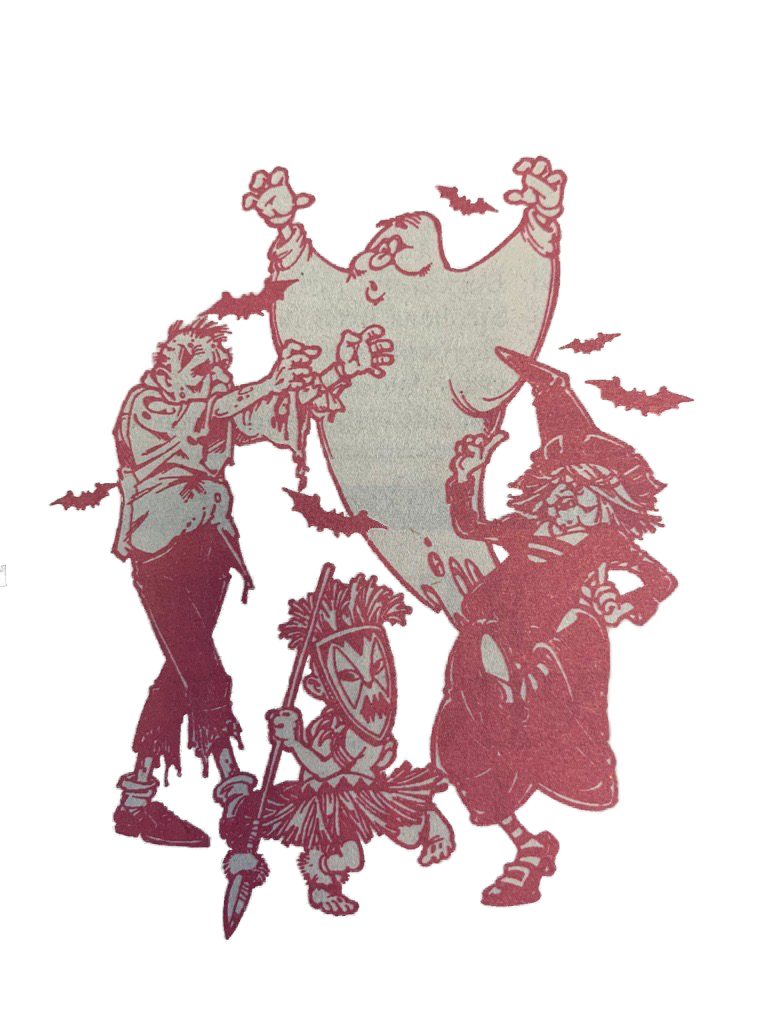The California Supreme Court just issued its ruling in the landmark cases Lockyer v. City and County of San Francisco and Lewis v. Alfaro August 12; did anyone even notice?
Nearly 4,000 marriage licenses perished after all that fuss for so many months.
Oh yeah, the court struck down same-sex marriage like it should have, right?
Not really.
How about The Supreme Judicial Court of Massachusetts in its landmark ruling of Hillary Goodridge & Others v. Department of Public Health?
Wasn’t that where those activist judges redefined marriages?
Not exactly.
Don’t forget the U.S. Supreme Court in Elk Grove United School District v. Newdow.
What did those activist judges do this time?
They actually showed some restraint.
Each case dealt with issues of the so-called “Culture War.” Each attracted a media storm, and none received a passing thought since.
Yet all we hear on television leads us to believe that activists plague the judiciary – all they want to do is supra-legislate from the bench.
Here’s what we miss:
nThe California Court considered whether a local official such as a mayor may, without a judicial opinion, deem a state statute unconstitutional. Chief Justice Ronald George’s opinion compared Mayor Gavin Newsom’s actions in granting the marriage licenses to the hypothetical of another mayor in another town defying state gun laws because he felt it violated the 2nd Amendment.
The issue was the authority of a mayor, not marriage.
nThe Massachusetts Court considered a broader issue – did anti-discrimination provisions of the state constitution permit denial of marital status to same-sex couples seeking equal rights and protections enjoyed by heterosexual couples? According to the majority opinion in a pair of decisions, no, the state could not deny them. The issue dealt with interpreting the state’s anti-discrimination laws.
nThe U.S. Supreme Court did not address the constitutionality of the words “under God” in the Pledge of Allegiance case. The Justices merely decided that the non-custodial father lacked standing to sue on behalf of his daughter.
Now some people argue that these decisions hinged on minor details when they should have answered the larger question.
Oyez, oyez, that’s what the judicial branch is supposed to do – sweat the details, hear both sides and inject due process and reason into a politics-driven government. Precedent, principles, perspectives all matter; politics really don’t.
To support this claim, the current U.S. Supreme Court comprises six Associate and one Chief Justice nominated by Republican presidents, two Associates Justices nominated by a Democrat. Despite the apparent 7-2 advantage, the Court issues many 5-4 decisions with Justices “crossing party lines.” Duck-hunting trips aside, politics don’t really matter here as much as one would think.
I pointed out two symbols to every tour guest when I interned at the Supreme Court last spring: the owl and turtle.
“The owl represents wisdom, something we like to associate with the Court. The turtles supporting the lampposts represent the slow, steady, deliberate pace of law.”
After four months witnessing oral arguments and watching the Justices grill both sides in the politically charged Newdow case, I am grateful that the United States has a judicial branch to serve as an olive branch between the entrenched camps of divided politics.
I appreciate how the Supreme Courts of California and Massachusetts came to disparate conclusions on separate issues related to same-sex marriage, the same way that the U.S. Supreme Court considered the arguments of both sides about “under God.” These cases contemplate sensitive issues beyond the scope of mainstream America.
It is a vital service that the judiciary provides when many Americans prefer to watch only the news that agrees with their politics. They act like chickens sometimes, squawking here and there, heads bobbing back and forth — all from fear.
No sympathetic soul really wants government policy to attack marriage or harm children, as culture war spin would indicate, but these sound bites fire up the coop, leading to unnecessary calls for constitutional amendments. Some would even propose an amendment to the federal Constitution to allow the public to overturn a Supreme Court decision by a simple majority vote.
I remember making my way through five thousand protestors on the Supreme Court steps the day of the Newdow case – just another day for me, though I wouldn’t have told them that I worked there.
It was another volley in the war, one side praying for the Justices, the other for religious freedom, both grabbing a hold of passersby to rile them to their fever pitch. Compared to the civil demeanor of the legal battle inside, it was chaos.
I left comforted that nine Justices could return order to the streets. A little wisdom, a little plodding pace, the owl and the turtle led the chickens back to their pen.



